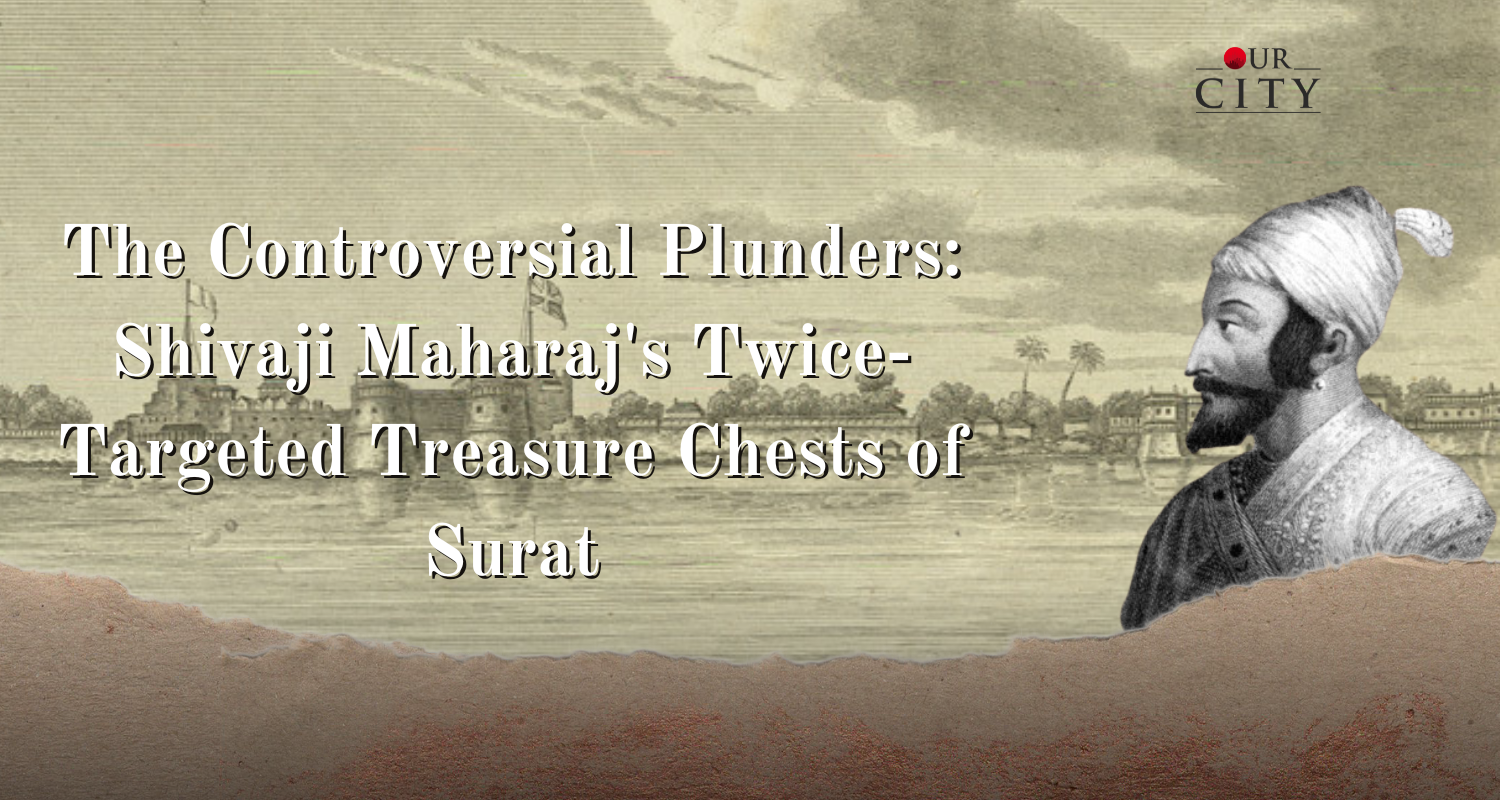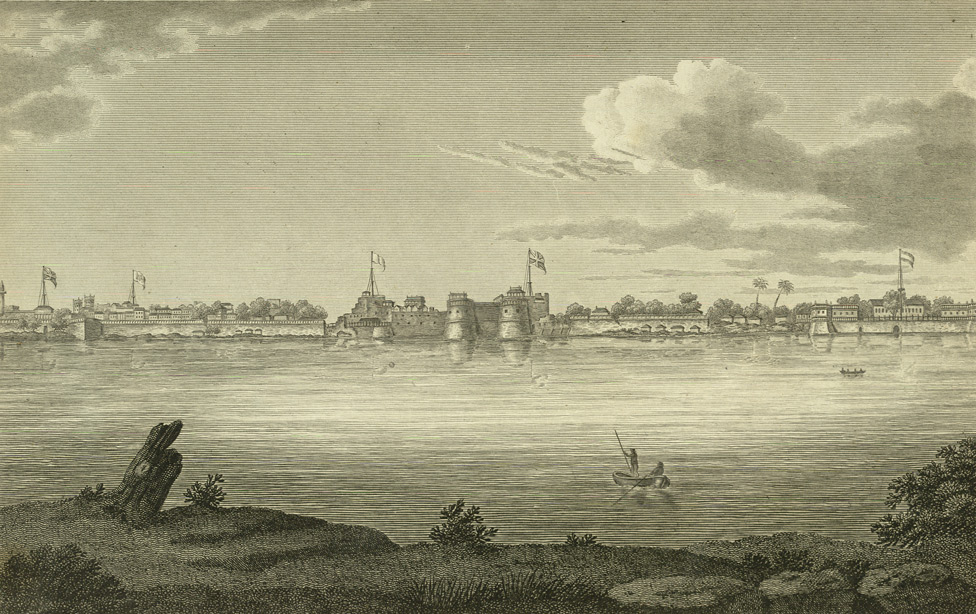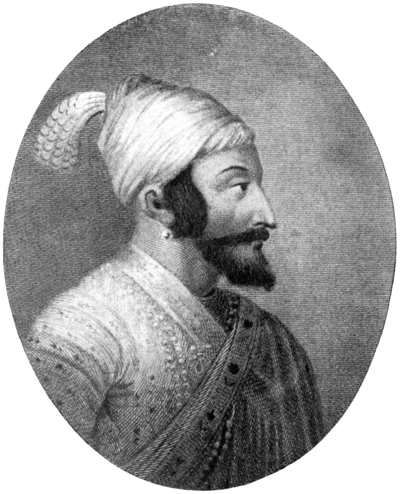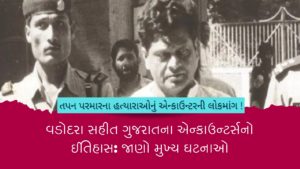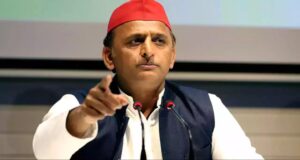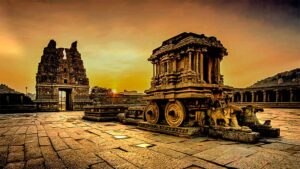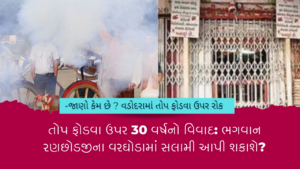– An article written by Shivani Gadre
Chhatrapati Shivaji Maharaj’s attacks on Surat are complex events with various interpretations. He attacked and looted Surat two times, first in 1664 CE and the second time in 1670 CE. Chhatrapati Shivaji Maharaj established his kingdom during the dark times when Mughals were reigning on Hindustan. The Maratha Rajya was formerly established and existed only in Maharashtra in the region of Pune, Satara, Kolhapur and Raigad. Later, as his (Chhatrapati Shivaji Maharaj) kingdom or the Maratha Rajya spread in most of the Maharashtra and the neighboring states.
Centuries had burnished the Mughal Empire’s power and prestige, shaping them into the Deccan’s supreme rulers. Yet, their thirst for dominion kept them locked in a relentless war with the Marathas. This perpetual conflict emptied the Maratha treasury, leaving them teetering on the brink of financial ruin. With fields left barren and trade routes choked, which will take a long time to get their rhythm back. Beyond immediate concerns, Shivaji Maharaj grasped the urgent need for long-term measures to safeguard his fledgling kingdom. In those times, fortresses were India’s ironclad sentinels, their impenetrable walls a nation’s shield. This, he understood, demanded action. His existing forts needed fortification, new ones dreamt into existence, and their hardy guardians, a loyal army, kept well-provisioned. But this grand vision hung on a delicate thread—money. To weave his vision into reality, he needed a substantial sum, and quickly.
With the Mughal shadow looming over their Deccan borders, Chhatrapati Shivaji Bhonsle, the Maratha king, devised a daring plan by not just outplay his rivals in the ongoing war, but also reload his treasury in a single stroke.
So why Surat?
Filling a depleted treasury in a fastest way possible is to loot a rich town with the help of a powerful army. Surat was a beaming Mughal port town with great strategic importance and generated millions of rupees in taxes every year. It was a hub of traders and a link for a vast amount of trade through the Arabian Sea.
Imagine a treasure chest overflowing with riches, just a stone’s throw from your own home. That’s what Surat was to Shivaji Maharaj. Sure, it belonged to the Mughals, his biggest enemies, but it was guarded by only thousand soldiers and lacked strong walls – basically, a juicy apple hanging low on a tree.
Unlike other warriors who loved big, open battles, Shivaji Maharaj preferred attacks with small, quick army that moved like lightning, attacking swiftly and disappearing before anyone could blink. A heavily guarded Surat wouldn’t suit his style – he’d be stuck in a long, messy fight.
So, Surat it was! Close, rich, and ripe for the plucking. The first raid alone brought him a whopping crore rupee (that’s a mountain of gold back then!). No wonder the Mughals were left scratching their heads.
The plundered wealth helped strengthen Maratha Kingdom by providing resources to army and administration. This was particularly important as Shivaji Maharaj was constantly engaged in battles with the Mughals and other local powers. Some historians argue that the attacks were a retaliation against Mughal actions like Shaista Khan’s occupation of Pune.
The 1664 and 1670s raids
Before his first attack on Surat in 1664, Shivaji’s kingdom was much smaller. It included only a few districts in Maharashtra, like Pune, Satara, Kolhapur, Thane, and Raigad. For the past three years, a huge Mughal army under Shaista Khan (over 50,000 soldiers!) had been attacking these districts, causing great damage and almost destroying Shivaji’s kingdom.
The first attack on Surat in 1664 made the Mughal emperor Aurangzeb furious to the extent that he sent his best general, a cousin named Jay Singh, to defeat Shivaji Maharaj in 1665. With a bigger army and better weapons, Jay Singh won and forced Shivaji Maharaj in a deal to give up 23 important forts, to make his son Mughal Mansabdar and to meet Aurangzeb in person!
This meeting escalated pretty quickly resulting in lock up of Shivaji Maharaj. But guess what? Maharaj escaped from the Mughals and made it back to his fort in just 40 days!
After returning from Delhi, Maharaj went into overdrive by recapturing old forts from the Mughals and even built new ones. This ambitious expansion, along with fighting the Portuguese and the Siddis, impacted on the treasury to deplete. Just like in 1664, he desperately needed money, and fast.
Surat, the Mughal Empire’s rich port city, seemed like the perfect target. Even after his first raid, it was poorly guarded, practically begging to be plundered again. So, in October 1670, Maharaj returned, but this time with less violence. He stayed only a few days, but in that short span, he collected a whopping 66 lakh rupees! It was a quick and efficient heist that filled his coffers and kept his expansion plans going.
Most of this looted money went to building new forts and creating a savings fund. He even wrote a letter in Marathi listing some forts and how much gold (Hons) each needed. Additionally, his army was quite large for such a small kingdom, which wasn’t particularly rich from farming taxes. And get this – he even had a fighting navy! Not just any army, but one with ships and sailors ready for battle.
Genocide? Or just a loot?
The rich merchants of Surat were scared due to the loots of Shivaji Maharaj. But it didn’t impact ordinary people much. Why? As ordered by Maharaj, his clever spies had figured out where the wealthy lived, so the soldiers only aimed for those places. He even protected holy places like the Capuchin Church because he has respect for religious places and kindness mattered to him too.
Shivaji Maharaj conducted raids not a chaotic spree of violence in Surat. People mattered to him, and after all the locals of Surat were his people too. He was fighting against the ruthless, cruel reign of Mughals not against the people of Hindustan or the Muslims.
Looter?
While some might think Shivaji Maharaj was just a raider who looted cities, that’s not true! He wasn’t just a robber. Sure, he attacked traders in enemy territory, but inside his own kingdom, he protected them like jewels. He even wrote in his “Royal Edict” that traders are the kingdom’s pride! As the records from the Dutch East India Company show their business boomed when Maharaj was in charge. Their profits doubled, even for their factories far away in Tamil Nadu! He even sent his own ships to trade in the Middle East and Indonesia. Plus, he sometimes gave traders tax breaks to help them grow.
So, forget the “looter” label. Shivaji knew trade was key to a strong kingdom, and he made sure it thrived within his lands.
Stealing, even for religious reasons, is wrong. So, if we only look at what Shivaji Bhosale did, well, it wasn’t good. Mughals did bad things too, but Maharaj hit back, hurting ordinary folks less than they did. Still, why there is harshest criticism on him more? And not on Mughals for their cruelty, disrespect towards religion and ruthlessness?
There is an old Gujarati poem that criticizes Maharaj for plundering Surat. Sure, it wasn’t nice for the traders, but he had reasons—money, power, keeping his kingdom safe. He did what he had to do.

